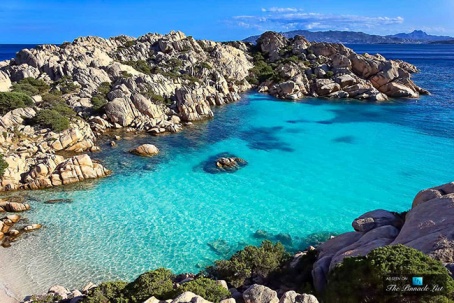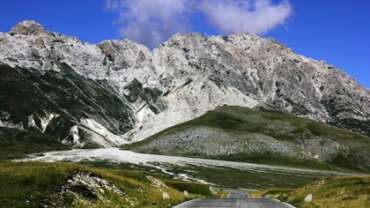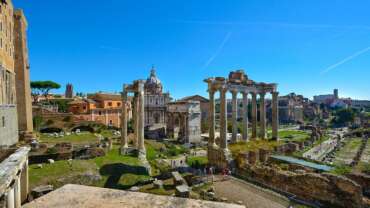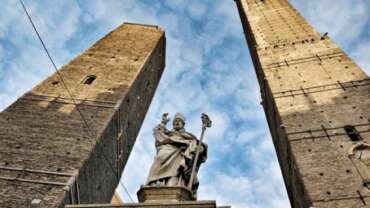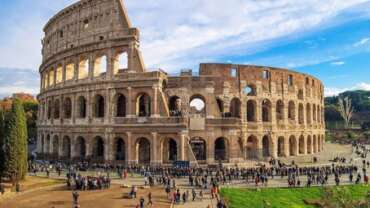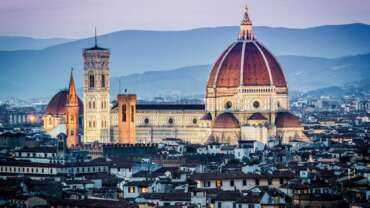Italian Islands
Sardinia – is an emerald sea, between small inlets with very white sand
Territory of Sardinia
Sardinia is an Italian region, its territory coincides with the Sardinian archipelago, consisting of the island of Sardinia and a considerable number of small islands and surrounding archipelagos. Located in the western Mediterranean is rich in mountains, forests, plains, largely uninhabited territories, waterways, rocky coastlines and long sandy beaches. For the variety of its ecosystems the island has been metaphorically defined as a micro-continent.
Useful information about Sardinia
The region is divided into four provinces: Sassari, Oristano, Nuoro, South Sardinia. The region also hosts a metropolitan city (Cagliari) and 377 municipalities. The capital of the region is Cagliari. The other most important cities are Nuoro, Alghero, Olbia, Sassari.
Art and culture of Sardinia
Sardinia has gone through an intense historical journey, the initial indigenous cultures were joined by multiple contributions of civilizations from the Mediterranean world. The finds and precious testimonies of the past are collected and kept in numerous museums and archaeological parks scattered throughout the territory. The Neolithic period was the period in which the first artistic manifestations were found. Numerous findings of the typical statues of the Mother Goddess and ceramics engraved with geometric designs testify to the artistic expressions of Sardinian prehistory. The union between the Nuragic populations and the merchants coming from every part of the Mediterranean led to a refined production of gold jewels and ceramics.
Food and flavours of Sardinia
The Sardinian cuisine is very varied and is based on ingredients derived from both pastoralism, fishing and agriculture. Wild boar and pork hams, sausages, accompanied by olives and mushrooms are very popular as appetizers. The typical dishes are: the malloreddus, the culurgiones, whose ingredients change from town to town, the pane frattau, the fregula, the zuppa gallurese and the lorighittas. Bread, cakes and cheeses are also of great tradition. The Sardinian Fiore, the Sardinian Pecorino and the Roman Pecorino are well known and exported all over the world.
Places and tours of Sardinia
Sardinia is the second largest island in the Mediterranean and more than 80% of its territory is mountainous and hilly. The rest of the territory is occupied by flat areas. The widest plain is the Campidano that separates the northern central reliefs from the mountains of the Iglesiente. The coasts offer enchanting landscapes and wonderful views immersed in unspoilt nature. Not to be missed in Sardinia: The Archipelago of La Maddalena, the caves of Neptune, L’asinara, Castelsardom Cala Goloritzé.
Sicily – is where nature has destined its greatest wonders
Territory of Sicily
The territory of the Sicily region consists almost entirely of the island of the same name, the largest island of Italy and the Mediterranean Sea, and the largest region of Italy. The remaining part consists of the archipelagos of the Aeolian, Egadi and Pelagian Islands and the islands of Ustica and Pantelleria. It is washed to the north by the Tyrrhenian Sea, to the west by the Channel of Sicily, south-west by the Sea of Sicily, south-east by the channel of Malta, east by the Ionian Sea and north-east by the Strait of Messina that separates it from Calabria. The region and the surrounding islands are affected by intense volcanic activity. The most important volcanoes are: Etna, Stromboli and Vulcano.
Useful information about Sicily
Sicily is the largest island and region in Italy, with Palermo as its capital. In addition to the main island, the region is formed by a set of archipelagos and islands, in fact, including the island of Sicily, there are 19 inhabited islands. The main groups of islands of the great archipelago of Sicily are the Aeolian Islands, the Aegadian Islands and the Pelagian Islands, the islands of Stagnone and the Cyclops. The other cities of Sicily are Catania, Messina, Agrigento, Caltanissetta, Enna, Ragusa, Syracuse and Trapani.
Art and culture of Sicily
Sicily has been influenced by the many ethnic groups that have passed through its territory, marking its art and culture: Pieces of Greek, Roman, Byzantine, Muslim, Norman, Angevin, Aragonese, Catalan culture… Each of them has left its mark, architectural traces, masterpieces of art, transforming the whole island into an open-air museum unique in the world. Sicily, a land of illustrious writers, started the Sicilian School at the court of Frederick II, where the first vernacular developed. Among the most illustrious are: Giacomo da Lentini, inventor of the sonnet; Luigi Pirandello with his Nobel prize for literature; Luigi Capuana and Giovanni Verga, both verists; Salvatore Quasimodo, another Nobel prize winner; Giuseppe Tomasi di Lampedusa, well known for his historical novel “Il Gattopardo”, and many other authors.
Food and flavours of Sicily
Sicilian cuisine is part of a complex and articulated gastronomic culture. The list of typical products is very long, in fact, each province and each municipality has its own specialty and even the names of the same foods vary from area to area. The culture of street food is very strong, and the most representative dishes are: panelle (pancakes made of chickpea flour), crocchè (fried croquettes made of boiled potatoes), sfincione (a kind of double layer pizza full of onions), sandwiches with spleen ( veal spleen and lung), and stigghiole (roasted lamb guts). Symbol of the strong confectionery tradition of Sicily is the cassata, a sponge cake stuffed with sweetened ricotta, surrounded by royal dough and decorated with candied fruit. Cannoli, a fried wafer filled with sweetened ricotta. An alternative to ice cream is granita, very common in Sicily, chopped with ice and fruit syrups.
Places and tours of Sicily
Sicily is an ancient land, which boasts a series of unique archaeological sites, sunny beaches, numerous archipelagos and islets. Sicily is also an ideal year-round tourist destination, thanks to a mild climate and a perfect mix of history, excellent cuisine, a lively nightlife and, first of all, a warm and welcoming atmosphere. There are many places to visit and discover, such as the tiny town of Taormina, one of the most visited tourist destinations in Italy, or as Cefalù, included among the most beautiful villages in Italy. The Valley of the Temples of Agrigento, Taormina, Palermo and Catania will leave you breathless with their monuments and archaeological sites. If you want to experience exciting excursions, Etna, the island of Stromboli and the Alcantara gorges will make you experience unique emotions in contact with nature.



